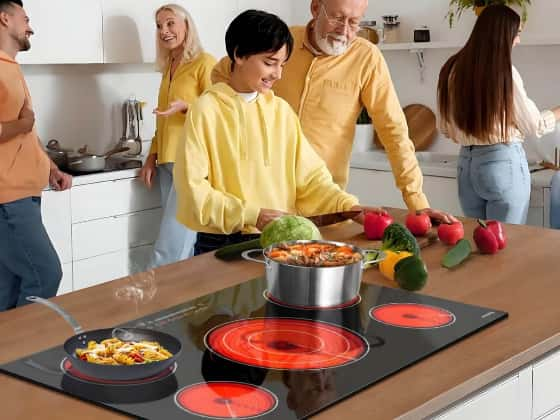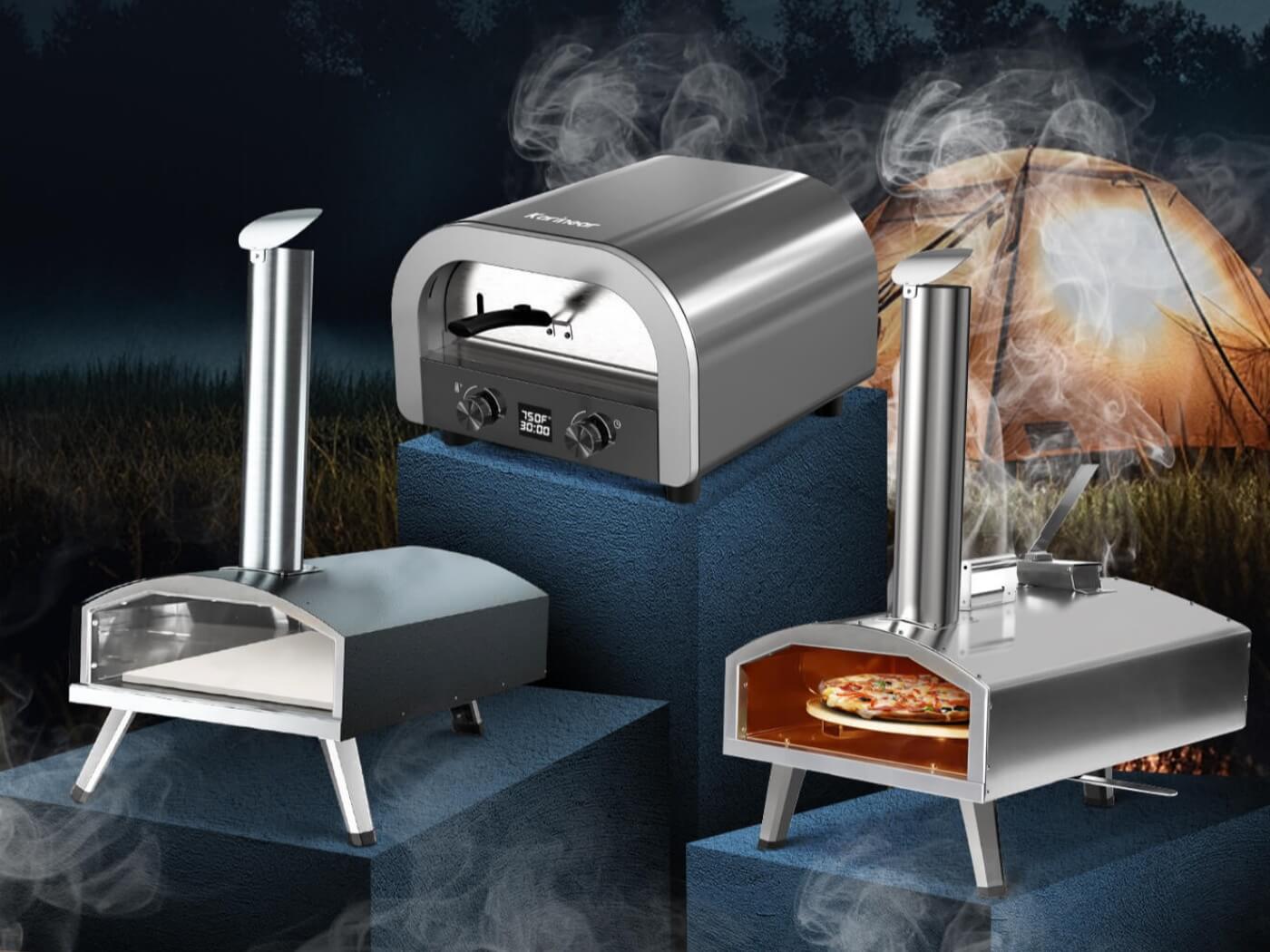
When it comes to creating the perfect pizza, temperature plays a pivotal role in achieving that mouthwatering combination of a crispy crust and perfectly melted toppings. While conventional ovens might suffice for a quick weeknight meal, true pizza connoisseurs understand the magic that lies within the searing heat of specialized pizza ovens.
The Conventional Oven Conundrum
Conventional ovens, with their coiled heating elements and box-like design, struggle to maintain consistent and evenly distributed heat. This limitation often results in unevenly cooked pizzas, with some areas burnt while others remain undercooked. Even when these ovens manage to reach higher temperatures, the heat dissipates rapidly upon opening the door, disrupting the cooking process.
The wood Pizza Oven Advantage
In contrast, wood pizza oven are engineered to trap and evenly distribute heat, thanks to their unique dome-shaped construction and specialized materials. This design allows for efficient heat retention, ensuring that the oven maintains a consistent temperature throughout the cooking process, even when the door or opening is exposed.
The Allure of Wood Pizza Oven
Among the various types of pizza ovens, wood pizza ovens hold a special place in the hearts of true pizza enthusiasts. These ovens not only reach scorching temperatures of up to 850°F (454°C) but also impart a distinct smoky flavor that elevates the pizza to new heights of culinary delight.
Operating a wood pizza oven is an art form in itself, requiring a delicate balance of fuel selection, fire management, and temperature control. Different types of wood burn at varying intensities, influencing the oven's overall temperature. Skilled pizzaiolos (pizza makers) meticulously monitor and adjust the fire to achieve the desired heat level, ensuring that each pizza is cooked to perfection.
Beyond the intense heat, wood pizza oven offer an additional layer of flavor complexity. As the wood burns, it releases aromatic smoke that infuses the pizza with a subtle, smoky essence. This unique flavor profile is a hallmark of authentic wood-fired pizzas and a testament to the artisanal craftsmanship that goes into their creation.
Determining the Ideal Temperature
While high temperatures are crucial for achieving the desired pizza texture and flavor, it's important to strike the right balance. Too much heat can lead to burnt or unevenly cooked pizzas, while temperatures that are too low may result in a soggy or undercooked crust.
Electric Pizza Oven:
For home pizza enthusiasts using electric pizza oven, the recommended temperature range is typically between 400°F (204°C) and 450°F (232°C). This range allows for a perfectly cooked crust and melted toppings without risking burning or overcooking.
Professional Pizza Ovens:
In professional settings, where pizza ovens can reach extreme temperatures, the ideal range for cooking pizza is around 800°F (427°C). This temperature strikes the perfect balance, allowing for a rapid cooking time of 3-5 minutes while ensuring that the crust develops a crispy exterior and a soft, chewy interior.
The Science Behind Pizza Oven Temperatures
Thermal Mass and Heat Retention
One of the key factors that sets pizza ovens apart is their ability to retain and distribute heat evenly. This is achieved through the use of materials with high thermal mass, such as refractory bricks or ceramic stones. These materials absorb and store heat, creating a reservoir of radiant energy that cooks the pizza from all sides, ensuring a consistent and even cook.
Oven Design and Airflow
The dome-shaped design of pizza ovens is not just for aesthetic purposes; it plays a crucial role in heat distribution and airflow. The curved shape allows for efficient heat circulation, preventing hot spots and ensuring that the entire cooking surface maintains a consistent temperature. Additionally, the strategic placement of vents and openings helps regulate airflow, creating a convection effect that further enhances even cooking.
Fuel Efficiency and Environmental Impact
While wood pizza oven offer an unparalleled flavor experience, they also raise concerns about fuel efficiency and environmental impact. Modern pizza ovens, both residential and commercial, have evolved to address these issues by incorporating alternative fuel sources, such as gas or electricity. These options not only provide consistent and controllable heat but also reduce the carbon footprint associated with traditional wood pizza oven.
Conclusion
Whether you're a professional pizzaiolo or a passionate home enthusiast, understanding the intricacies of temperature control is key to unlocking the secrets of pizza perfection. By embracing the science behind pizza oven temperatures and honing your skills through experience, you can elevate your pizza-making game to new heights, creating masterpieces that tantalize the taste buds and leave lasting impressions.










